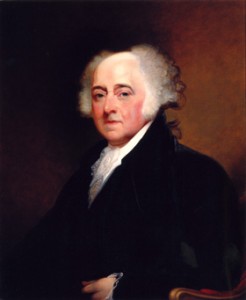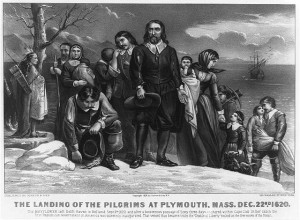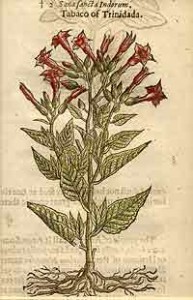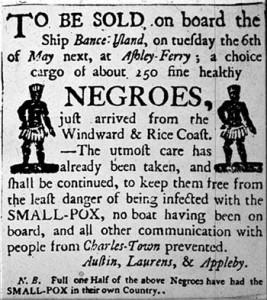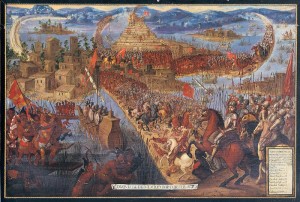We discussed the directions in class, but here they are in writing for you.
The midterm will be available all day Friday, 10/25 and Saturday, 10/26 on Blackboard. Click on “Class Sessions” on the left-hand side and the Midterm will be listed there.
You will have 1 hour to complete the exam and can only submit your essay once, so make sure you are ready when you click on it on BB.
You will be given an option of two questions. Pick one to write on. Your answer should be in essay form. It should have a thesis, separate paragraphs, and specific examples. You may also reference class readings. You do not need to footnote anything, but do your best to give the author, title, or some identifying information for a document you are referring to.
This is a closed-book test and you may not work with other students on the exam.
Please submit your answer to BB within the allotted time. It will automatically save and submit what you have written on BB when time expires so make sure if you are writing in word and then copying to do that before time runs out. BB will give you a few warnings about time during the hour.
After submitting to BB, please submit a copy to turnitin.com. This must be the same exact essay you have submitted to BB. If you submit different essays or do not submit anything within the hour time limit, you will not receive credit for the exam.
WHEN IN DOUBT: email me immediately and attach your essay. Everything is time stamped so I can see when you started the exam/submitted your essays etc. So, if for some reason you are unsure if your essay uploaded correctly, just email me it immediately so I can see that you did it within the time. We will troubleshoot later if necessary.

